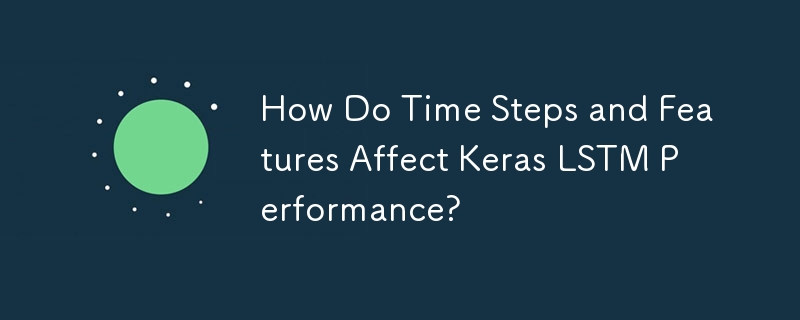

Understanding Time Steps and Features in Keras LSTMs
To answer your questions, let's dig deeper into the concepts of time steps and features in relation to LSTMs implemented in Keras.
Time Steps and Features
In the Keras example provided, the trainX data is reshaped into the following shape:
(trainX.shape[0], look_back, 1)
Regarding the image you linked from Karpathy's blog, each "pink" rectangle represents one feature, and the "green" rectangles indicate time steps. Thus, the diagram in the image would correspond to a time series with three time steps and two features.
Stateful LSTMs
Stateful LSTMs maintain an internal state that allows them to remember what they have learned during the processing of a given sequence. When using them with Keras, you set the stateful parameter to True.
In your example, you set batch_size to 1 and use model.fit() for training with shuffle=False. This means that each batch contains a single sequence, and the LSTM is processing the sequences in the same order they appear in the training data. As a result, the state of the LSTM is preserved across batches, allowing it to learn from the entire sequence.
By resetting the LSTM's state between training epochs, you effectively "start over" the learning process for each epoch. However, the LSTM still remembers the overall patterns it has learned across epochs.
Important Notes
The above is the detailed content of How Do Time Steps and Features Affect Keras LSTM Performance?. For more information, please follow other related articles on the PHP Chinese website!




